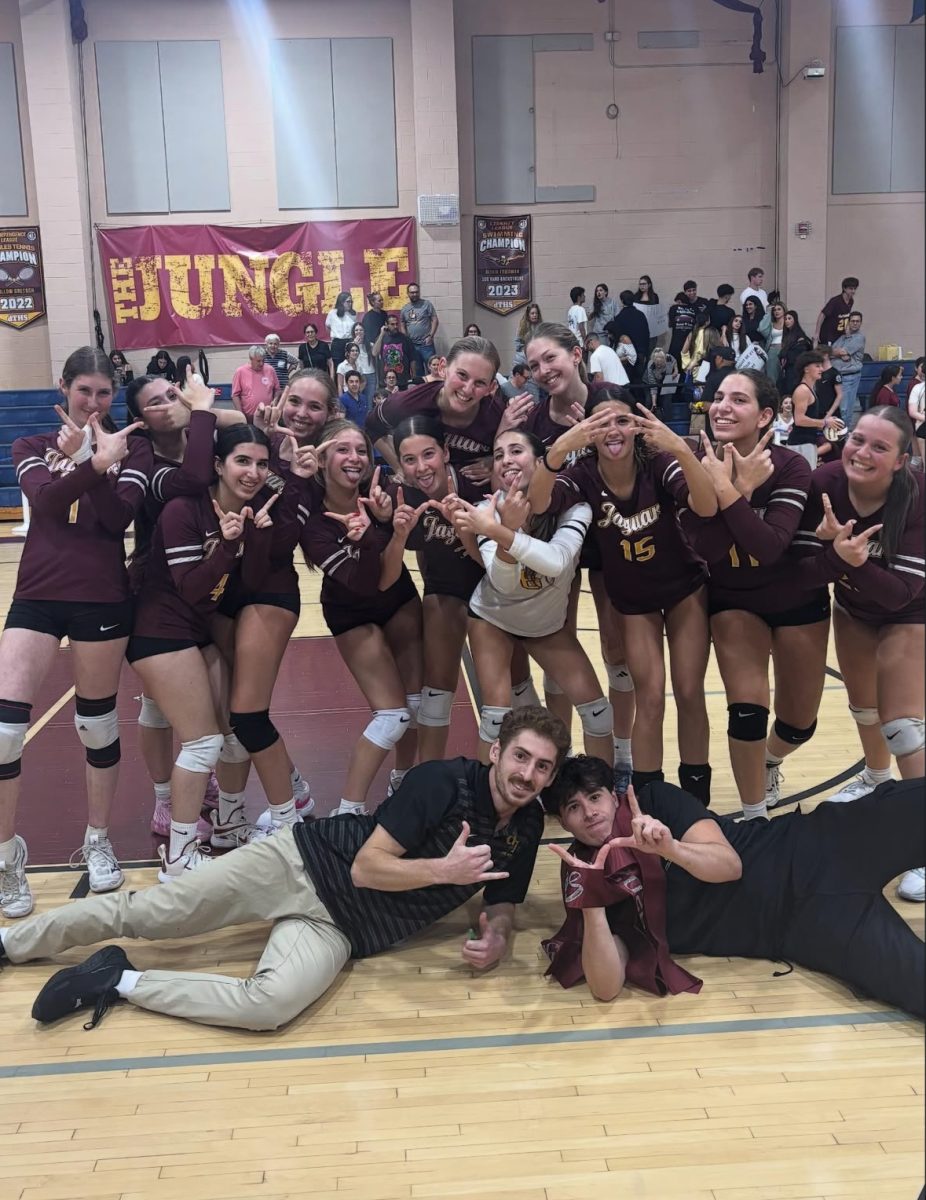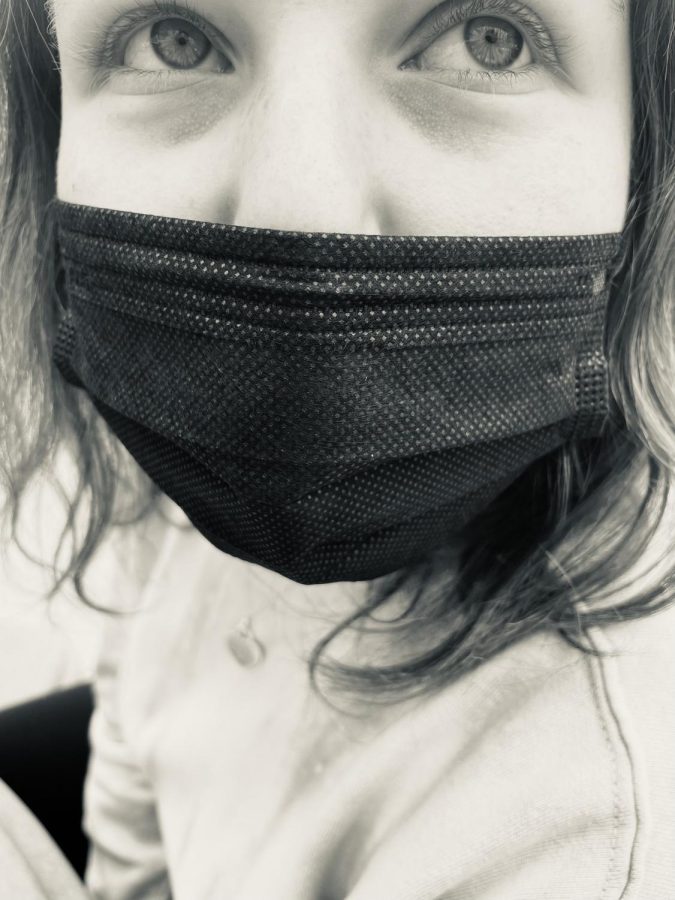All Masks Are Not Equal
CA Dept. of Public Health: KN95 and N95 Masks Are Best Options
COVID has been on the move faster than ever in the U.S., with 1.4 million new cases on Jan. 10. This is a result of the new highly transmissible variant called Omicron, and anybody is susceptible to this variant regardless of your vaccination status. Those who are vaccinated are likely to have milder symptoms compared to those who are unvaccinated.
Frequently getting tested is still imperative as many people are asymptomatic.
“Masking is a critical public health tool for preventing spread of COVID-19, and it is important to remember that any mask is better than no mask,” advises the Centers for Disease Control and Prevention (CDC).
“To protect yourself and others from COVID-19, CDC continues to recommend that you wear the most protective mask you can that fits well and that you will wear consistently,” according to the website.
The CDC continues to recommend wearing a mask in public indoor settings in areas of substantial or high community transmission, regardless of vaccination status, due to the high transmission rates of the Omicron variant. If we ever want to put this pandemic in the past, it’s time for everyone to listen to the CDC!
Do’s of mask-wearing:
- Wear the most protective mask you can
- Completely cover your nose and mouth
- Fit the mask snugly against the sides of your face and don’t have gaps
- Have a nose wire to prevent air from leaking out of the top of the mask
Don’ts of mask-wearing:
- Don’t choose masks that are made of fabric that makes it hard to breathe, for example, vinyl
- Don’t have exhalation valves or vents which allow virus particles to escape
- Don’t use masks specially labeled “surgical” N95 respirators, as those should be prioritized for healthcare personnel

Hi! I’m Alexa Goldwasser, and I am a senior. I am super excited to be writing for The Prowler this year. Since this is my last year at de Toledo, I look...

Alana Whiteman was a junior at de Toledo. When not at school, you can find her shopping or spending time with friends. She has a passion for writing about...































